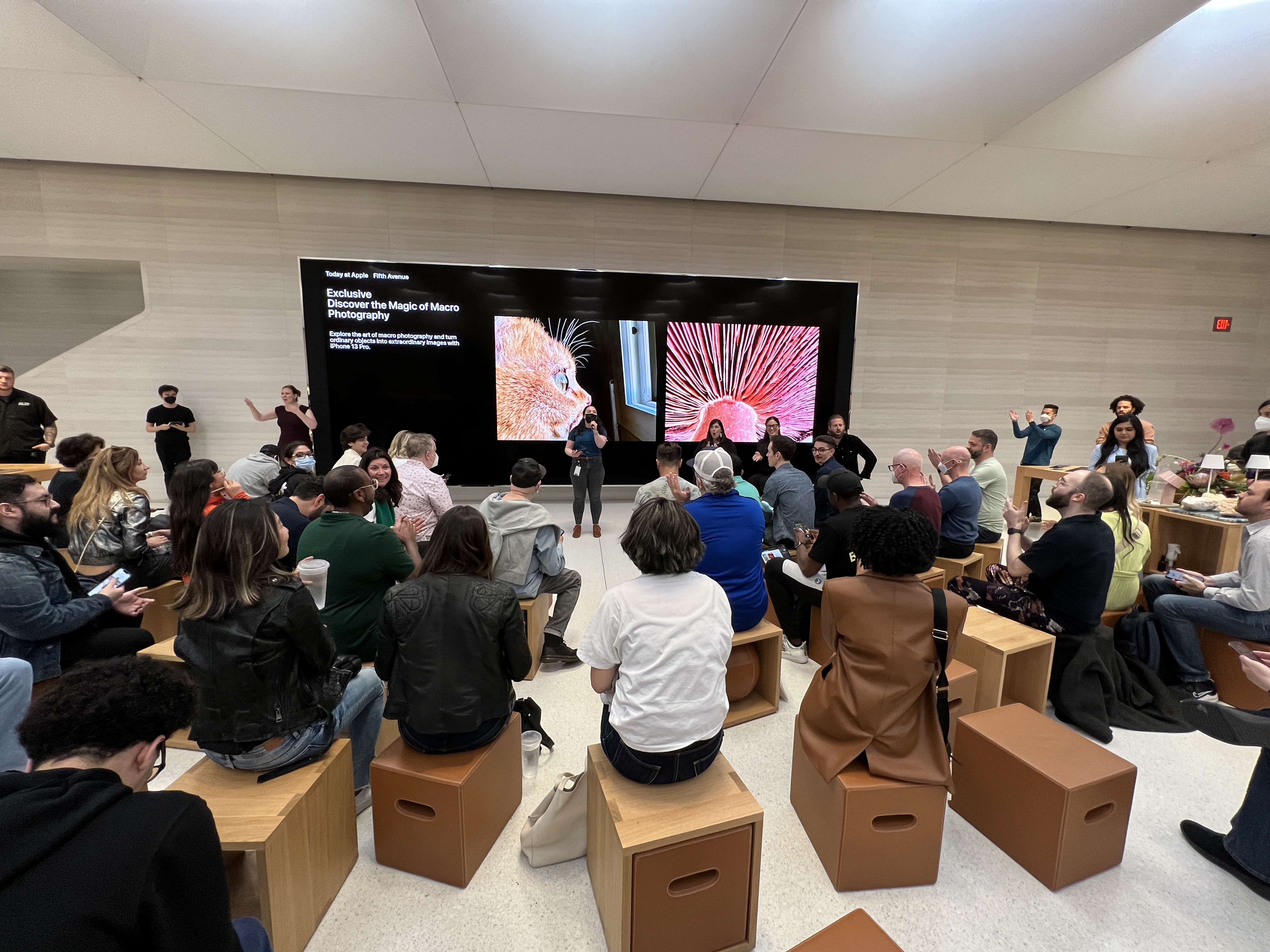In the face of a global economic downturn, one thing you wouldn't expect is for some of the market's most expensive smartphones to grow in marketshare. And yet that's what Apple's iPhone has done.
Global smartphone shipments fell 9% in Q2 of this year, according to a new report from Canalys, but Apple's marketshare rose from 14% to 17%. Granted, that's still behind global leader Samsung, which has 21%. However, as Samsung fell, Apple rose. Plus, Canalys contends that demand for Apple's iPhone 13 is still strong.
What's going on here?
No one has ever called Apple "The affordable brand," or "The place to get your budget phone." None of the iPhone 13 models, from the 5.4-inch iPhone 13 mini to the 6.7-inch iPhone 13 Pro Max, is under $699 (some are over $1,000). You could argue that Samsung's flagships are just as expensive, though Canalys contends that Samsung's first-place finish is attributable to how it "strengthened its low-end A-Series supply." Those phones can start as low as $350.
You could argue this is Apple's undeniable cachet at work. People just want what Apple is selling because it's Apple. I disagree. I'd say there are six reasons Apple is still winning while our pocketbooks are losing.
Longterm and consistent software support

When you buy a new iPhone, it ships with the latest version of iOS. An iPhone 13 bought today will have iOS 15. One bought in October later this year, after the iPhone 14 probably launches, will have iOS 16. Every single supported iPhone version will be able to upgrade to the new mobile OS as soon as Apple makes it available. In the Android world, that's always a question mark. New devices should be running Android 12, but might not be. And when Android 13 ships later this year, there's no guarantee that all Android devices will immediately support or upgrade to it. Apple simply never makes you live with that uncertainty (until they stop supporting your really old phone).
Performance across the entire line
Apple is one of the rare handset manufacturers that no longer mess around with different mobile CPUs. It's now offering the A15 Bionic in every iPhone 13 model (and even the iPhone SE). Android devices carry a wide range of mobile CPUs from Qualcomm and Mediatek. Older generation and slightly less performant models help keep products like the Samsung A Series in the affordable range.
If you really want an "affordable" iPhone you can opt for the $429 iPhone SE and still get Apple's best mobile CPU.
Camera performance across the line

Because all these iPhones have the same CPU, they can do more with less. So photos taken with the iPhone SE's decent, though not spectacular camera will still look good, especially because you can still take Portrait Mode photos with a single lens. As soon as you get into the iPhone 13 range, you're looking at excellent dual and triple camera arrays. I won't argue that Samsung consistently beats Apple on zoom strength and quality, but for overall image quality and processing, the iPhone still has the lead.
The ecosystem
While Samsung is building a quality collection of connected devices, including its Samsung Galaxy S22 line, Galaxy Watch, and Galaxy Buds, the software and its connections to other hardware like smart speakers, streaming devices, tablets, and desktops and laptops, isn't nearly as strong and cohesive as what you find with Apple.
iOS, iPadOS, tvOS, watchOS, macOS, iCloud all feel like they are part of the same universe because there is a real synergy between these platforms and products. Sometimes it can be as simple as when you start to enter a lengthy password on your Apple TV and your iPhone lights up to let you more easily type it in there instead.
Each product is part of a larger whole because Apple is designing it that way. Samsung, Google, and other Android companies are all trying to work in the same direction, but I think consumers can see that they're playing catchup.
Customer support

Apple's physical store availability is not only a real asset for Apple, as it works to sell you billions in new products, it's a benefit for customers, too. Not only does it offer quick, physical access to more Apple gadgets but it's a destination for customer support and camaraderie. Recognizing that its stores are more than just retail destinations, Apple has built them up into something approaching tech community centers. Microsoft tried and failed to do this and Samsung and Google, while offering beautiful stores with similar amenities, do not have the same levels of vibrancy and utility.
Retains value

I think it's safe to say iPhones hold their value. A recent visit to Gazelle finds iPhones going back to the iPhone 6s still for sale (granted why would you buy an $84 6S when you can get an iPhone 13 mini for $589?).
Even with all this, Apple's iPhone isn't always winning. In late, 2020, Apple was briefly Number 1 with roughly 20% market share, but then it dipped through the summer of 2021 as customers waited for the iPhone 13.
My point is, though, that people will always come back to Apple and its high-value iPhone and not just for the iconography or the ghost of Steve Jobs. They pay more because, in the end, they get more,
Comments
Post a Comment